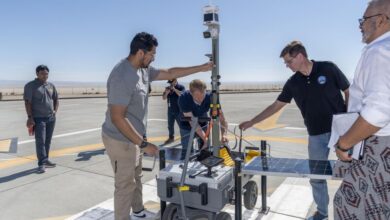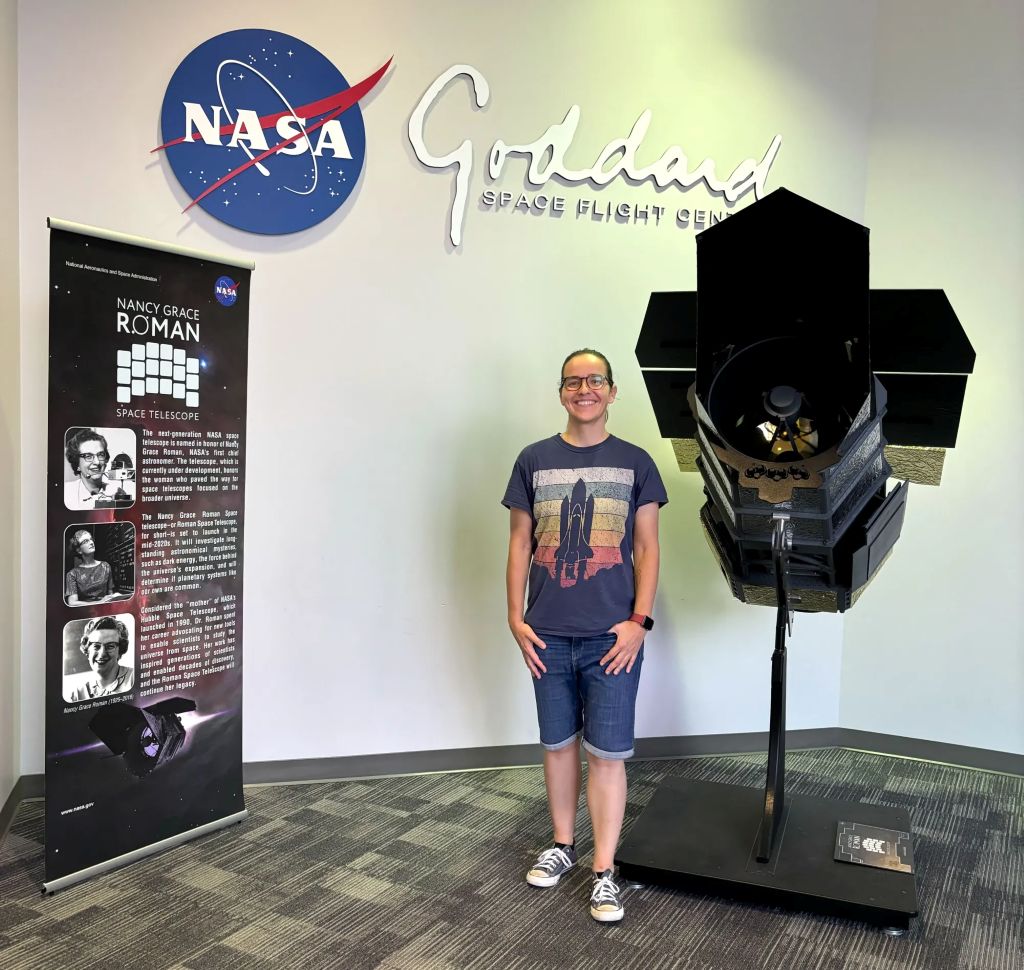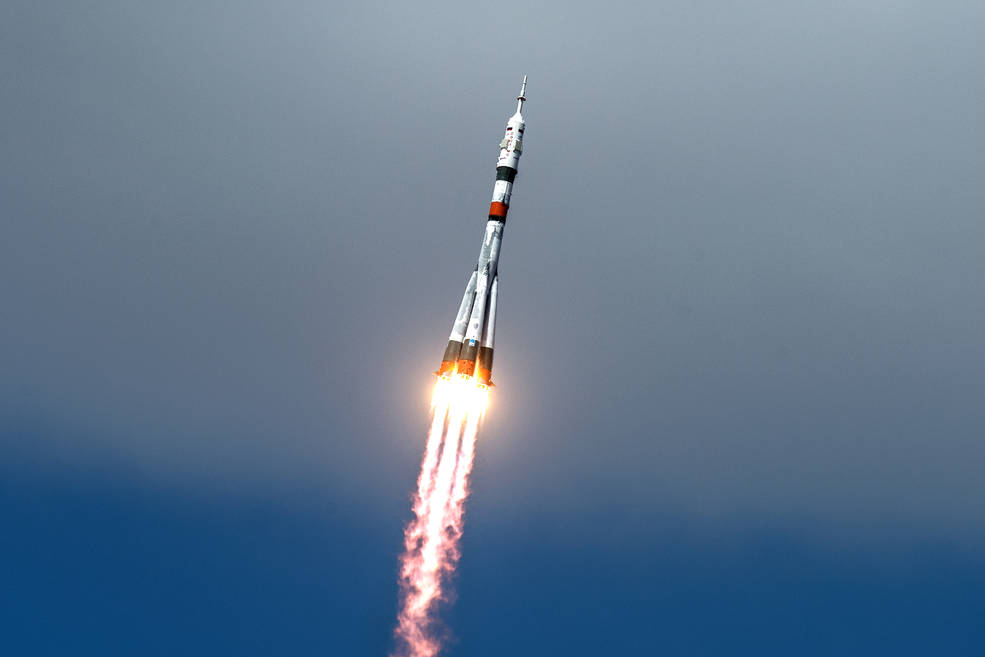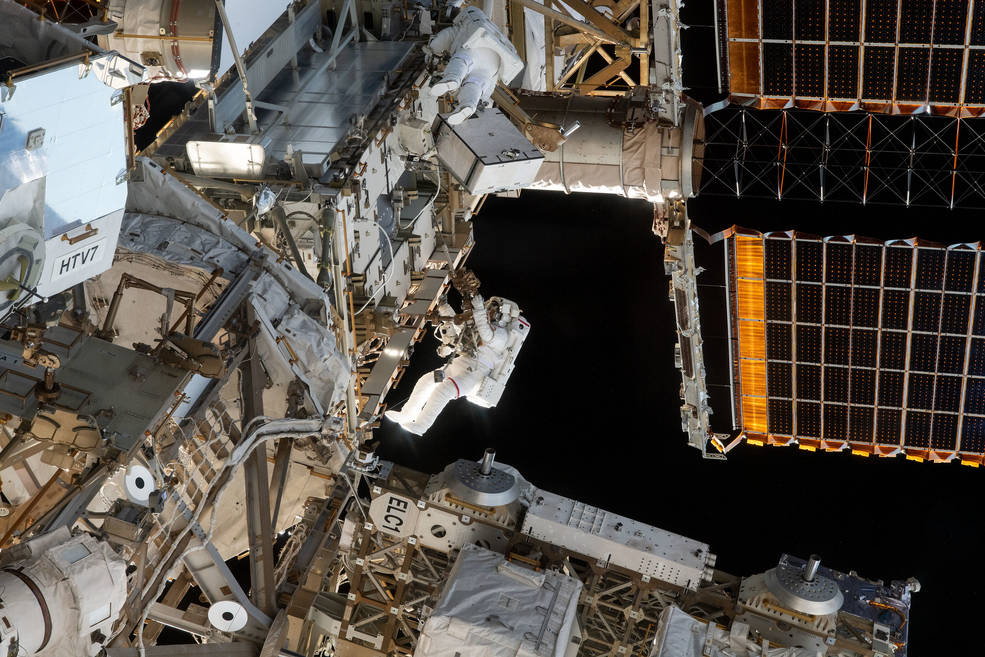NASA’s LRO Spots Japan’s Moon Lander

On Jan. 19, 2024, at 10:20 a.m. EST, the JAXA (Japan Aerospace Exploration Agency) Smart Lander for Investigating Moon (SLIM) landed on the lunar surface. Five days later, NASA’s Lunar Reconnaissance Orbiter (LRO) spacecraft passed over the landing site and photographed SLIM.
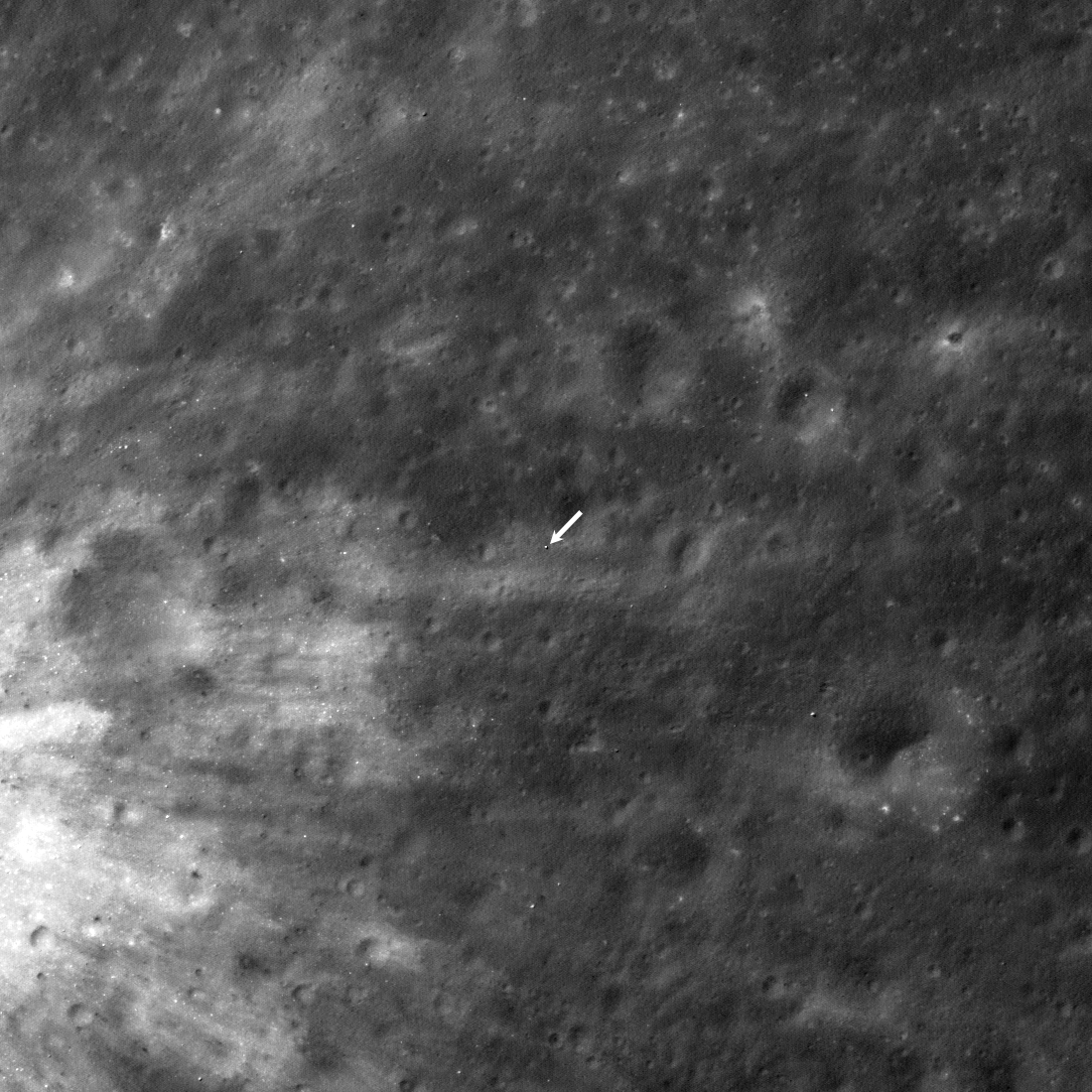
NASA’s Lunar Reconnaissance Orbiter captured this image of the JAXA (Japan Aerospace Exploration Agency) SLIM lander on the Moon’s surface on Jan. 24, 2024. SLIM landed at 13.3160 degrees south latitude, 25.2510 degrees east longitude, at an elevation of minus 2,992 feet (minus 912 meters). The image is 2,887 feet wide (880 meters), and lunar north is up. (LROC NAC frame M14607392143L)
NASA/Goddard/Arizona State University
LRO acquired the image at an altitude of about 50 miles (80 km). Bright streaks on the left side of the image are rocky material ejected from the nearby, relatively young Shioli crater.
Japan is the fifth nation to complete a soft landing on the lunar surface.
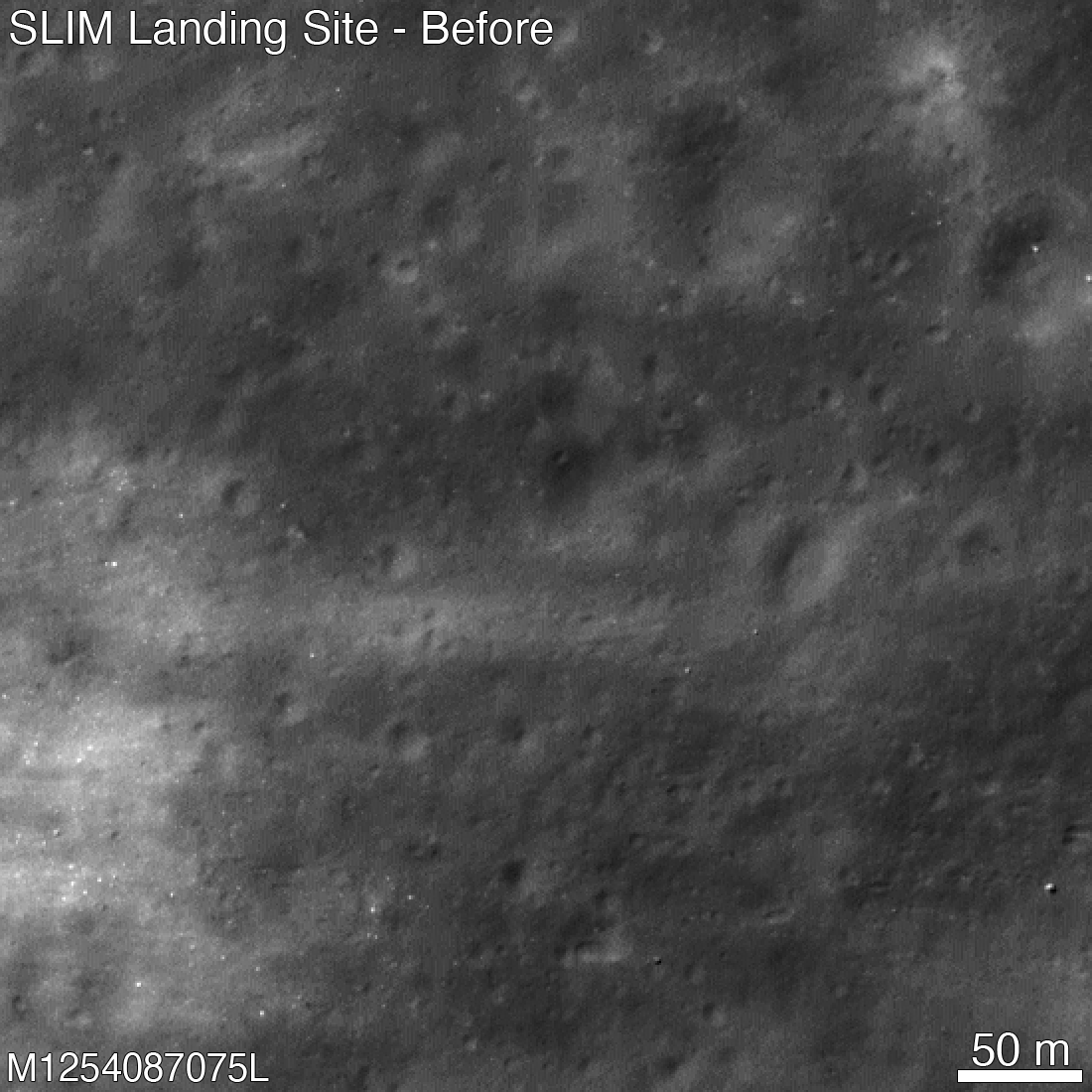
This image pair shows LRO views of the area surrounding the SLIM site before (frame M1254087075L) and after (frame M1460739214L) its landing. Note the slight change in reflectance around the lander due to engine exhaust sweeping the surface. These images are enlarged by a factor of two, and are about 1,444 feet (440 meters) wide.
NASA/Goddard/Arizona State University
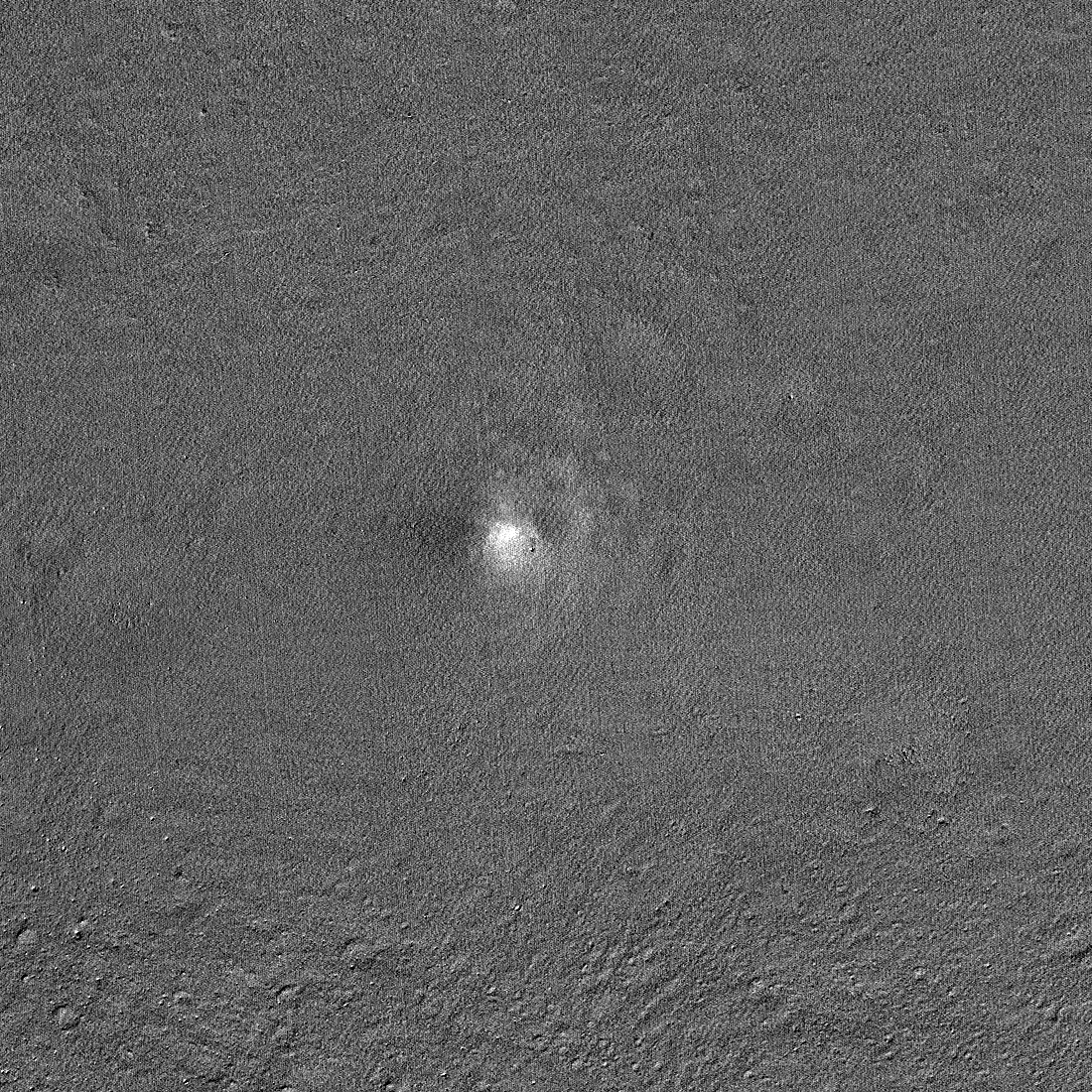
A composite image dividing the before image from after. Features that are the same in both images disappear, highlighting the changes in surface brightness from the rocket plume. The image is 2,887 feet wide (880 meters), and lunar north is up.
NASA/Goddard/Arizona State University
LRO is managed by NASA’s Goddard Space Flight Center in Greenbelt, Maryland, for the agency’s Science Mission Directorate at NASA Headquarters in Washington. Launched on June 18, 2009, LRO has collected a treasure trove of data with its seven powerful instruments, making an invaluable contribution to our knowledge about the Moon. Arizona State University manages and operates the Lunar Reconnaissance Orbiter Camera, LROC.
More on this story from Arizona State University’s LRO Camera website

